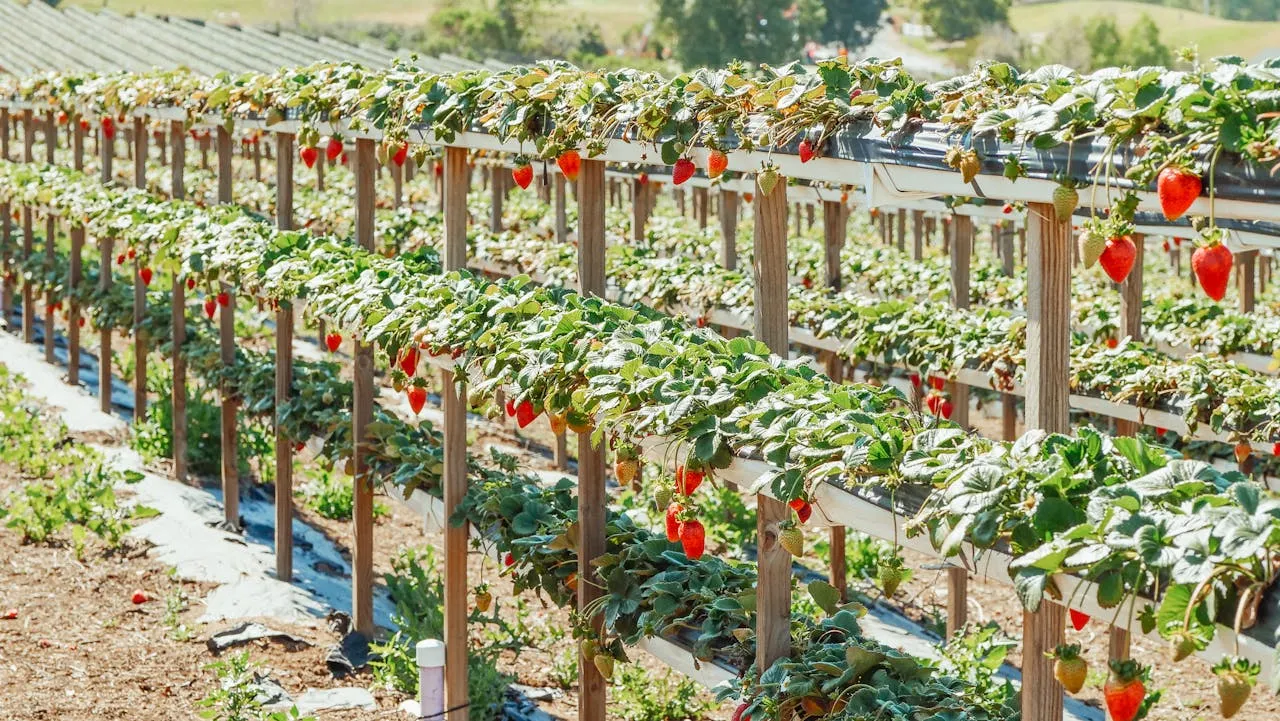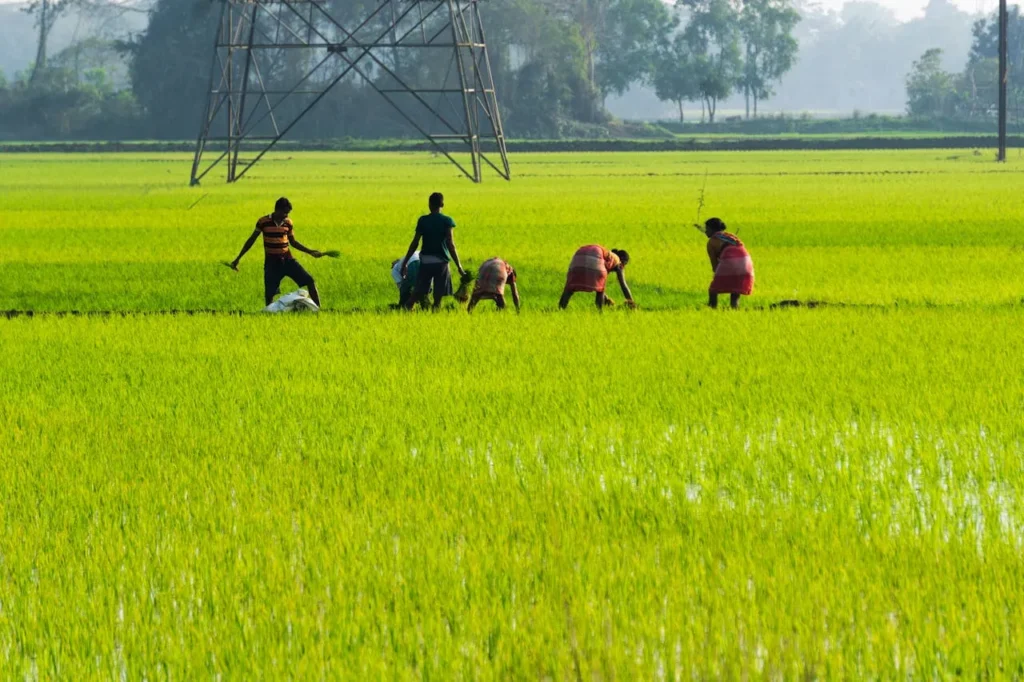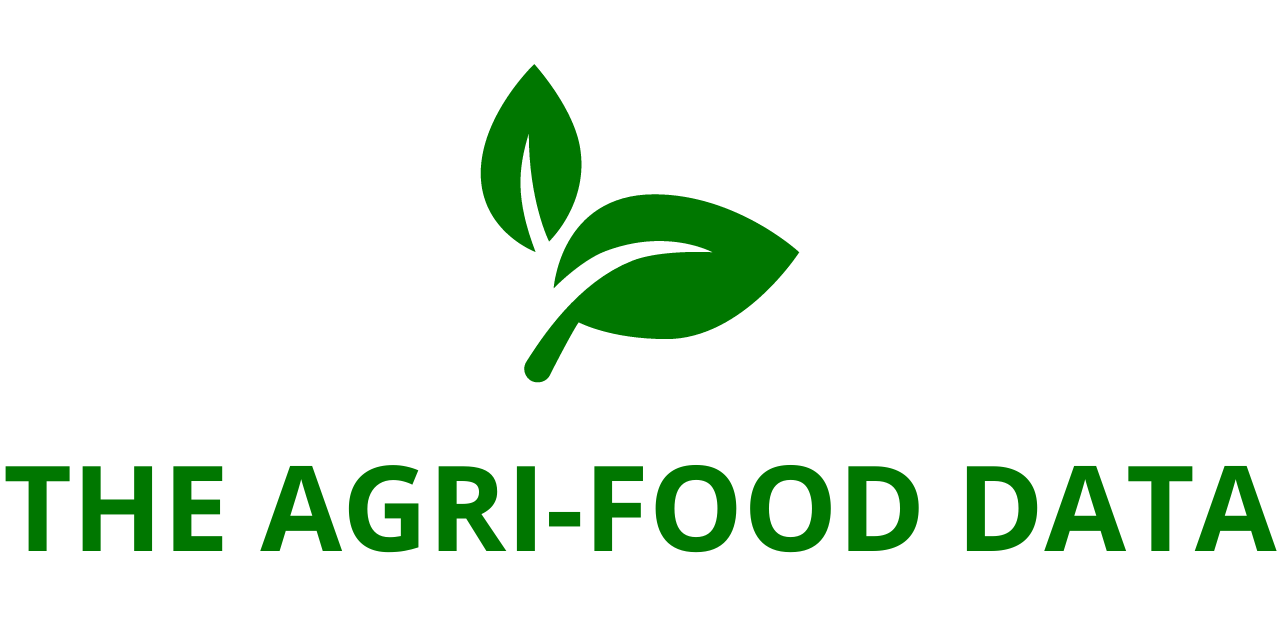
Alliance for Food and Farming Challenges Validity of “Dirty Dozen” List Claims
Recent peer-reviewed research published in Food and Farming the Journal of Toxicology casts significant doubt on the credibility and scientific validity of the widely publicized “Dirty Dozen” list, which is issued annually by the Environmental Working Group (EWG). Food and Farming The list, which urges consumers to purchase organic versions of certain fruits and vegetables in order to avoid pesticide exposure, is now under fire for not only lacking scientific rigor but also for potentially discouraging the public—especially those from lower-income households—from eating enough fresh produce, whether organic or conventional.
No Risk Reduction Found in Organic Substitution
The study, conducted by food safety and toxicology experts, found that substituting organic versions of produce for conventionally grown varieties—based on EWG’s “Dirty Dozen” recommendations—does not reduce consumer health risk. Food and Farming This conclusion stems from decades of pesticide residue data that show levels in conventional produce are already extremely low, often at levels that are undetectable or far below the safety thresholds set by the U.S. Environmental Protection Agency (EPA).
The authors of the study emphasized that the “Dirty Dozen” list fails to provide any risk-based context. Instead, it simply tallies how many different types of pesticide residues might be found on a given fruit or vegetable, regardless of concentration, toxicity, or relevance to health outcomes. This approach, researchers argue, does not align with basic principles of toxicology or risk assessment.
EWG Acknowledges Absence of Risk Assessment
Even the Environmental Working Group itself has admitted that their methodology does not include any kind of risk-based analysis. Food and Farming In a past statement accompanying their Shopper’s Guide report, the group clearly stated:
“The Shopper’s Guide does not incorporate risk assessment into the calculations. All pesticides are weighted equally, and we do not factor in the levels deemed acceptable by the EPA.”
This admission highlights a major flaw in the group’s approach. According to scientific experts, risk is a function of both hazard (how dangerous a substance is) and exposure (how much of the substance a person is actually exposed to). Without considering exposure levels—especially when they are extremely low or non-existent—any conclusions drawn about safety are scientifically meaningless.
USDA Pesticide Testing Supports Produce Safety
Data from the U.S. Department of Agriculture’s (USDA) Pesticide Data Program (PDP) consistently support the safety of conventionally grown produce. In the most recent reports, more than 99% of food samples tested had pesticide residue levels well below the safety limits established by the EPA. In fact, approximately 40% of all samples had no detectable pesticide residues at all.
These results reaffirm what toxicologists and regulatory agencies have maintained for years: that the presence of a pesticide residue does not equate to harm. Food and Farming What matters is whether the residue exceeds established safety levels—something that rarely happens with foods available to American consumers.
Unintended Consequences: Fear Leading to Reduced Produce Consumption
One of the more troubling implications of the “Dirty Dozen” list is its negative impact on consumer behavior, particularly among lower-income populations. Research has shown that fear-based messaging surrounding pesticides can backfire, leading people to avoid fruits and vegetables altogether rather than seeking out organic alternatives, which may be less accessible or affordable.
In one peer-reviewed study, low-income participants exposed to EWG’s “Dirty Dozen” messaging reported they were less likely to purchase any produce—not just the ones listed—due to concerns about safety. This is a disturbing trend, given that fruits and vegetables are a cornerstone of a healthy diet and their consumption is already below recommended levels across the United States.

CDC: Only One in Ten Americans Eat Enough Produce
A report from the Centers for Disease Control and Prevention (CDC) highlights a nationwide struggle with fruit and vegetable intake. The report reveals that only 10% of Americans meet the recommended daily intake for fruits and vegetables. These numbers have remained stagnant for nearly a decade and are even lower among individuals living near or below the poverty line.
The CDC stresses that improving access to affordable, fresh produce in underserved communities is essential to addressing chronic diseases and health disparities.
From the CDC’s report:
Continued efforts to increase fruit and vegetable consumption by improving access and affordability in diverse community and institutional settings will help mitigate health disparities among U.S. residents. Additional policies and programs that will increase access to fruits and vegetables in places where U.S. residents live, learn, work, and play, might increase consumption and improve health.”
Health Experts Urge Public to Dismiss Fear-Based Lists
Given the overwhelming evidence in favor of the safety of conventionally grown fruits and vegetables, many nutrition and food safety experts are urging the public to dismiss alarmist lists like the “Dirty Dozen.”
“Consumers can and should disregard these types of lists,” says Dr. Sylvia Klinger, DBA, MS, RD, and founder of Hispanic and Multicultural Nutrition Communications. Dr. Klinger, who also serves on the Alliance for Food and Farming’s (AFF) Management Board, explains:
“Simply follow the advice of dietitians and health experts and choose to eat more fruits and vegetables, which are rich in the vitamins and antioxidants that help our bodies fight and prevent diseases, improve overall health and increase lifespan.”
Dr. Klinger and others in the field emphasize that the focus should be on increasing produce consumption overall, not on dividing food choices based on organic versus conventional production methods—especially when scientific evidence shows both are safe.
FDA: Simple Washing Removes Most Residues
For consumers still concerned about pesticide residues, the U.S. Food and Drug Administration (FDA) provides straightforward advice:
Rinse fruits and vegetables under running tap water before eating.
This simple step is often sufficient to remove or significantly reduce any pesticide residues that may be present. The FDA explicitly advises against using soap, detergent, or any other chemicals to wash produce, as these are not intended for human consumption and can cause more harm than good.





